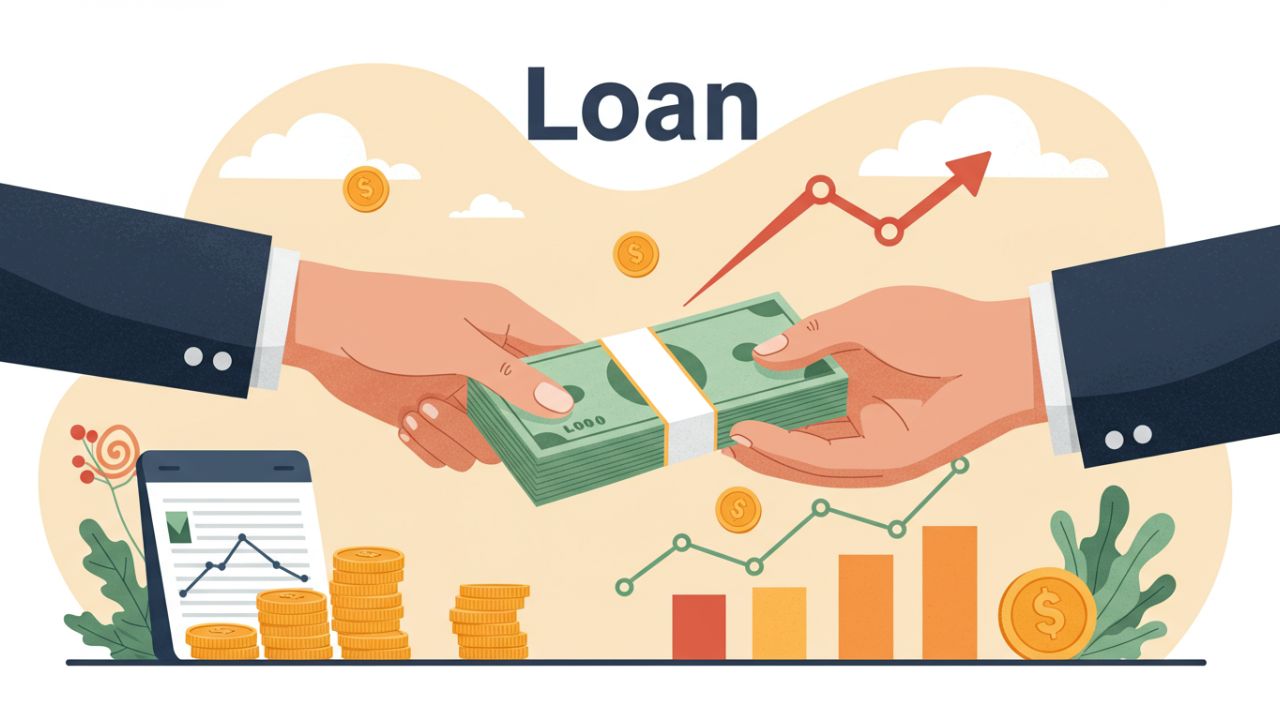
Visit the official website of Marcus by Goldman Sachs:
✅ Verified by Ur0.link
In an era where digital transformation is reshaping industries, the financial sector stands at the forefront of innovation. Traditional banking models are being challenged by agile fintech startups and tech-savvy consumers demanding seamless, transparent, and customer-centric services. Amid this revolution, Marcus by Goldman Sachs has emerged as a trailblazer, redefining the boundaries of online banking. Launched in 2016 as the consumer-facing division of Goldman Sachs, Marcus has rapidly evolved into a trusted name in digital finance, offering high-yield savings accounts, personalized loans, investment tools, and more. This article delves into the origins, growth, and impact of Marcus.com, exploring how it has carved a niche in the competitive fintech space while maintaining the legacy of one of Wall Street’s most storied institutions.
Chapter 1: The Genesis of Marcus by Goldman Sachs
1.1 Goldman Sachs’ Foray into Retail Banking
Goldman Sachs, founded in 1869, has long been synonymous with institutional finance, investment banking, and wealth management for high-net-worth individuals. However, the 2008 financial crisis prompted a strategic pivot. The firm recognized the need to diversify its revenue streams and democratize access to financial services. In 2016, Goldman Sachs launched Marcus, its first direct-to-consumer banking platform, named after Marcus Goldman, one of the firm’s founders.
1.2 The Vision Behind Marcus
Marcus was conceived to address a gap in the market: the lack of trustworthy, fee-free banking options for everyday consumers. Goldman Sachs aimed to leverage its institutional expertise to create products that prioritized simplicity, transparency, and value. By eliminating hidden fees, offering competitive interest rates, and adopting a fully digital model, Marcus sought to disrupt the retail banking sector.
1.3 Key Milestones
- 2016 : Launch of Marcus in the U.S. with a high-yield online savings account.
- 2017 : Introduction of unsecured personal loans.
- 2018 : Expansion into the U.K. market.
- 2019 : Acquisition of Clarity Money, a personal finance app, to enhance digital tools.
- 2020 : Launch of Marcus Invest, a robo-advisor service.
- 2022 : Introduction of customizable CDs (certificates of deposit) and early direct deposit features.
Chapter 2: Product Ecosystem: What Marcus Offers
Marcus.com distinguishes itself through a suite of products designed to meet diverse financial needs. Below is an overview of its core offerings:
2.1 High-Yield Savings Accounts
Marcus’ flagship product is its Online Savings Account , which offers one of the highest annual percentage yields (APYs) in the industry, typically ranging from 3.00% to 4.00% as of 2023. Features include:
- No fees : No minimum balance requirements or monthly maintenance fees.
- FDIC insurance : Up to $250,000 per depositor.
- Easy access : Funds are liquid, with no penalties for withdrawals.
2.2 Certificates of Deposit (CDs)
Marcus offers fixed-term CDs with terms ranging from 8 months to 6 years. The platform’s “Custom CD” feature allows users to create a portfolio of CDs with varying terms to optimize liquidity and returns.
2.3 Personal Loans
Marcus provides unsecured personal loans of $3,500 to $40,000 with fixed interest rates starting as low as 6.99% APR. Key features include:
- No origination fees or prepayment penalties.
- Flexible terms : 3- to 7-year repayment options.
- Debt consolidation tools : Integration with autopay and financial planning resources.
2.4 Marcus Invest
Launched in 2020, Marcus Invest is a robo-advisor that builds diversified portfolios based on users’ risk tolerance and financial goals. With a $1,000 minimum investment and a 0.35% annual advisory fee, it caters to novice and experienced investors alike.
2.5 Financial Tools and Resources
Marcus complements its products with educational content and tools:
- Budgeting calculators : For loans, savings, and retirement planning.
- Market Insights : Articles and webinars on personal finance topics.
- Clarity Money Integration : A budgeting app acquired by Marcus in 2019, offering expense tracking and bill negotiation services.
Chapter 3: The Marcus User Experience
3.1 Seamless Digital Interface
Marcus.com is designed for simplicity and efficiency. Key features include:
- Intuitive dashboard : Users can monitor savings, loans, and investments in one place.
- Mobile app : Available for iOS and Android, enabling on-the-go account management.
- 24/7 customer support : Accessible via phone, chat, or email.
3.2 Security Measures
Goldman Sachs employs robust security protocols to protect user data:
- Encryption : All transactions and communications are SSL-encrypted.
- Two-factor authentication (2FA) : Adds an extra layer of login security.
- Fraud monitoring : Real-time alerts for suspicious activity.
3.3 Customer-Centric Approach
Marcus prioritizes transparency and responsiveness:
- No hidden fees : A core tenet of its value proposition.
- Personalized service : Dedicated support teams for loan applicants and high-balance savers.
Chapter 4: Marcus vs. Competitors
4.1 Traditional Banks
Unlike brick-and-mortar banks, Marcus eliminates overhead costs by operating entirely online. This allows it to offer higher APYs and lower loan rates. For example, while traditional savings accounts average 0.06% APY, Marcus consistently offers 10–20x higher rates.
4.2 Online-Only Banks
Marcus competes with digital banks like Ally, Discover, and Capital One 360. Its edge lies in:
- Brand trust : The Goldman Sachs name reassures customers wary of newer fintechs.
- Product bundling : Integration of savings, loans, and investments under one platform.
4.3 Fintech Startups
While platforms like Betterment and Wealthfront focus solely on investing, Marcus provides a holistic financial ecosystem. Its acquisition of Clarity Money also positions it strongly in budgeting technology.
Chapter 5: Challenges and Criticisms
Despite its success, Marcus faces hurdles:
- Limited physical presence : Lack of branches may deter customers who prefer in-person services.
- Loan eligibility : Strict credit score requirements (typically 660+) exclude subprime borrowers.
- Market saturation : Intense competition in the high-yield savings space.
Chapter 6: Customer Reviews and Reputation
Marcus boasts a 4.8/5 rating on Trustpilot (as of 2023), with users praising its:
- High-interest rates : “Best savings account I’ve ever had,” says a typical review.
- Customer service : “Support teams are knowledgeable and patient.”
Criticisms include occasional delays in loan processing and limited investment options compared to competitors.
Chapter 7: The Future of Marcus
Goldman Sachs has signaled continued investment in Marcus, with plans to:
- Expand product offerings : Potential for checking accounts, crypto services, and retirement plans.
- Global growth : Explore markets beyond the U.S. and U.K.
- Leverage AI : Enhance personalization through machine learning algorithms.
Conclusion
Marcus by Goldman Sachs exemplifies how legacy institutions can innovate in the digital age. By marrying Goldman’s financial acumen with a customer-first digital approach, Marcus has become a leader in online banking. As fintech evolves, Marcus’ ability to adapt while maintaining trust and transparency will determine its enduring success. For consumers, it represents not just a banking alternative, but a blueprint for the future of finance.

